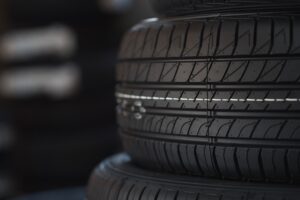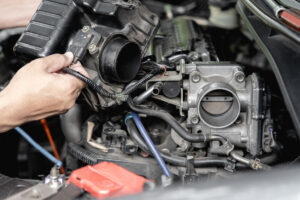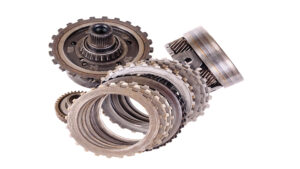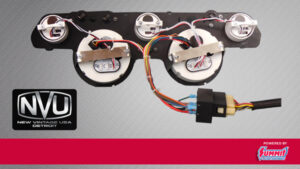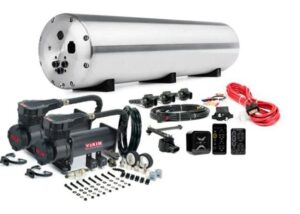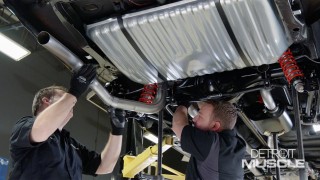How To Pick Out The Best Racing Seats For Your Car
If you race on the track or are planning on racing on the track sometime soon, you need to know what kind of seat best suits your needs. A great racing seat is essential for any serious track racer, not only for comfort while driving but also improved driving performance as well. It’s hard to focus on the track when you’re constantly moving around in a stock seat right?
There are a few different styles of seats that a racer may be interested in and all of these come with advantages and disadvantages.
A halo racing seat is a standard racing seat but with side protection for the drivers head. It prevents and protects the head from rolling to the side during intense turns, which helps the driver stay focused on the road. However, a disadvantage to this is the inevitable blind spot the halo causes when looking from side to side. This can be a serious concern for someone who uses their race car as a street car also.
Regular bucket seats usually come in either aluminum material or composite material.
The advantages of aluminum based bucket seats is that they are inexpensive, lightweight and fit 4pt, 5pt, and 6pt harnesses. The disadvantages include needing a back brace to connect the seat directly to the cage because aluminum seats bend easily during a crash. They are also not FIA certified.
Composite seats typically are made of either fiberglass, carbon fiber or kevlar. Some of the advantages include only needing to mount the seats to the floor and not needing a back brace, because of the strong material used. They also fit 4pt, 5pt, and 6pt harnesses and most are FIA certified. However some of the disadvantages include that they are slightly heavier than aluminum seats and more expensive.
There are many brands and styles to choose from and what you need will greatly depend on your specific needs as a racer and what type of track you will be driving on.
Want to read more articles like this?
Join the PowerNation Email NewsletterRead More from PowerNation
Video Player is loading.
Current Time 0:00
/
Duration 0:02
Loaded: 98.52%
0:00
Stream Type LIVE
Remaining Time -0:02
1x
- Chapters
- descriptions off, selected
- captions off, selected
- default, selected
This is a modal window.
